Insights from Prof. HAN Hongling (School of Management, Zhejiang University)
POP MART’s largest Thai flagship store has just opened at ICONSIAM in Bangkok. As of April 2025, the company operated 88 stores across 14 countries, spanning Southeast Asia, East Asia, North America, and Europe.
According to company’s 2024 annual report, revenue rose 107% to RMB 13 billion and net profit rose 200% to RMB 3.3 billion. Overseas expansion ignited growth, with some regions up to 900%. Over the past two years, the share price at one point increased by 30×, pushing market capitalization to as high as HKD 380 billion.
What is the commercial logic beneath this valuation? After the “LABUBU price crash,” can POP MART remain a top performer? Where does its growth engine come from?
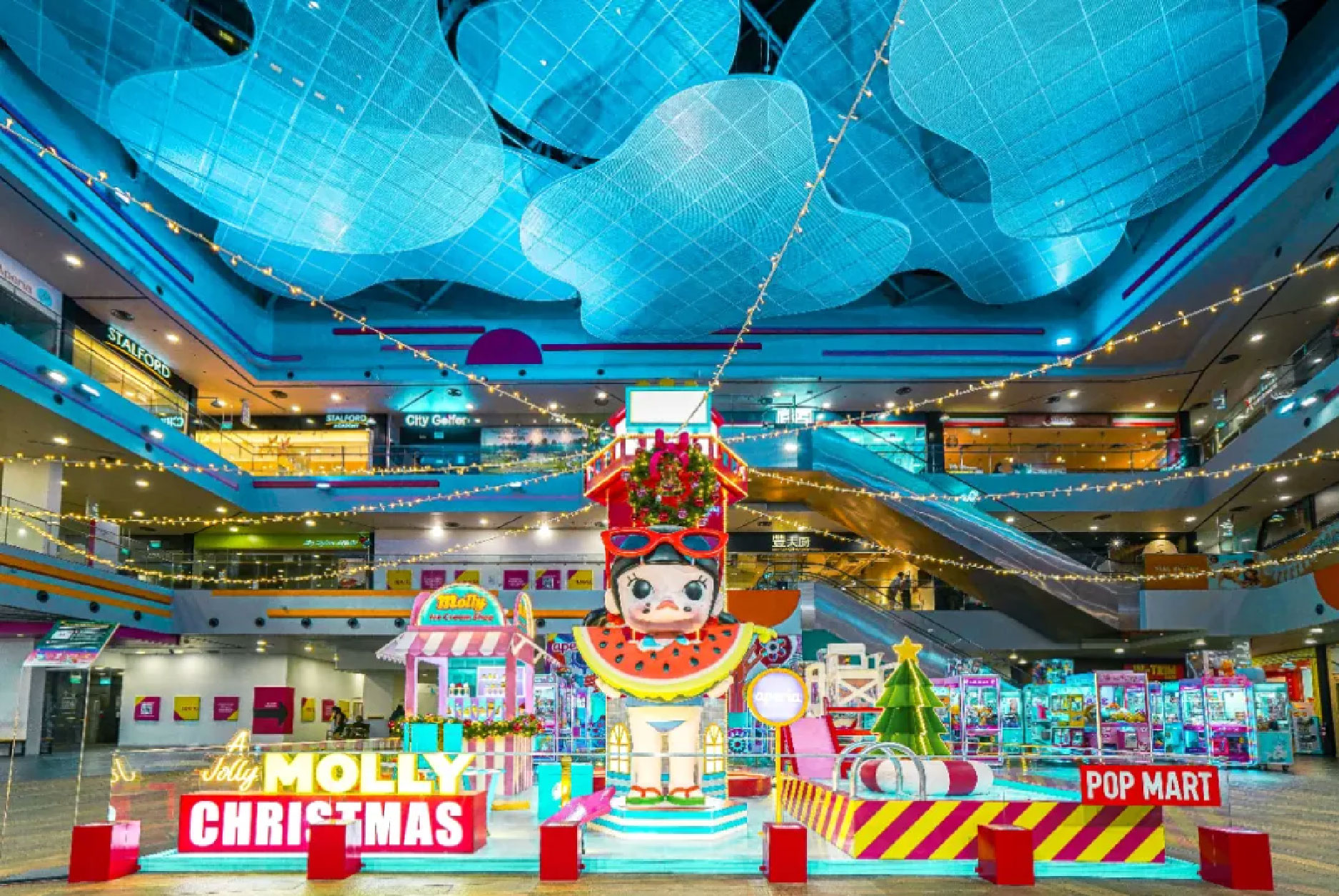
|
Image source: POP MART official website |
|
HAN Hongling | 韩洪灵 School of Management, Zhejiang University |
||
|
|
||
|
|
|
Academic Background: Professor and PhD supervisor at ZJUSOM; former Associate Chair (Accounting & Finance), Academic Director (EMBA Education Center), and Deputy Director (Planning & Finance Office). Research areas include capital markets and disclosure, internal control and auditing theory, corporate governance, and corporate finance. You can learn more about Prof. HAN’s academic background here |
|
Is POP MART today’s “tulip bubble”? |
On June 18, a large-scale restock made once-scarce LABUBU “secret” variants easy to buy, triggering selling in secondary markets. The next day the stock fell over 5%, erasing more than HKD 18.8 billion in market value; from the June 12 peak, the decline reached HKD 46.7 billion within a few sessions, and “LABUBU price crash” trended on social media. In Prof. HAN’s view:
|
“ |
This is not a "tulip bubble." The share-price rise has been driven by fundamental change. Over 15 years, POP MART has transformed from a simple kiosk chain into a global IP developer and operator, delivering breakout results in 2024 (a classic “Davis double-whammy” (earnings growth plus P/E re-rating))” |
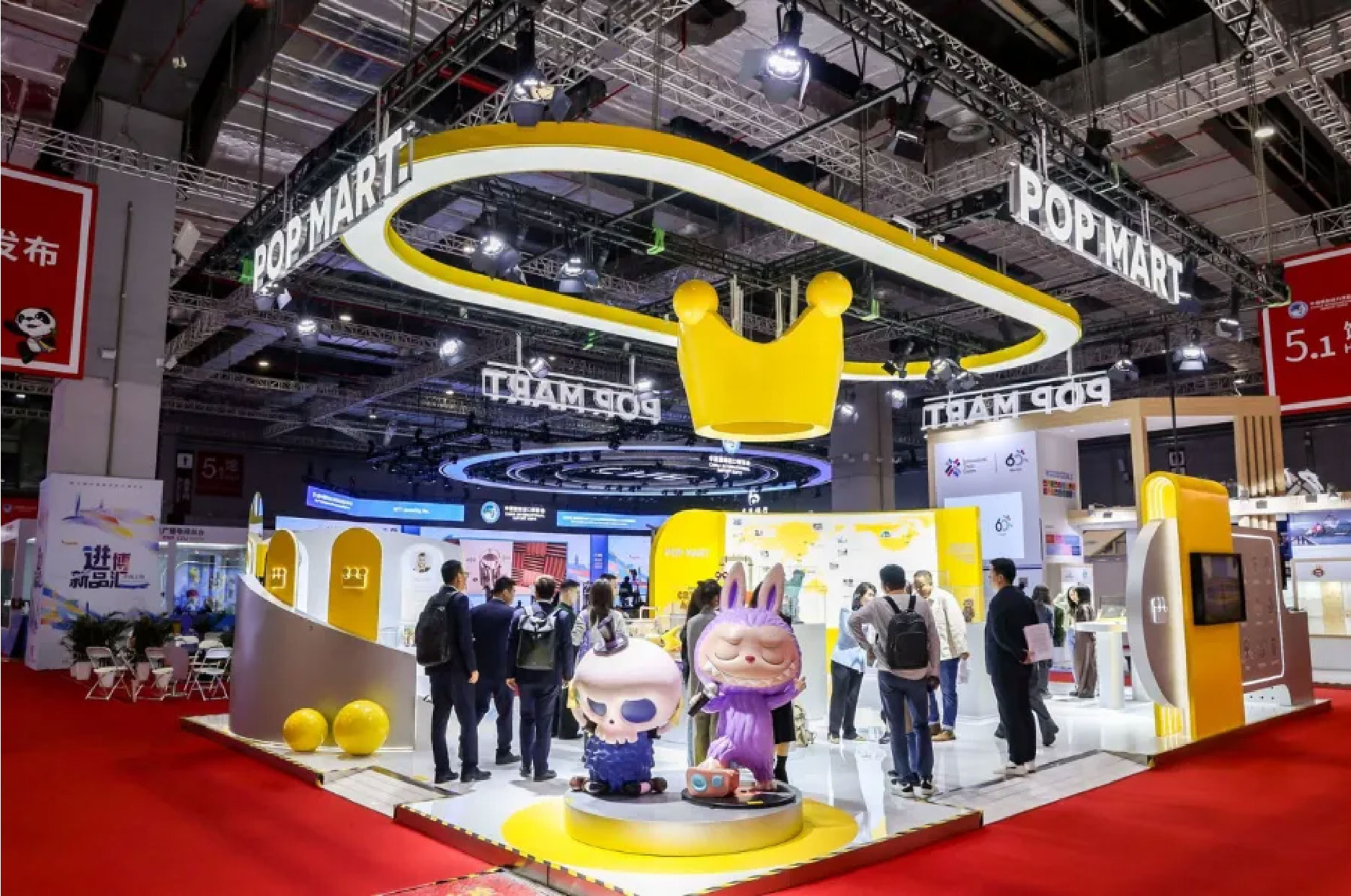
|
Image source: Xinhua Net |
|
|
|
|
2024 Snapshot Revenue RMB 13 billion (+107%), net profit RMB 3.3 billion (+200%), gross margin about 67% and net margin about 25%. Overseas & Hong Kong/Macau/Taiwan revenue reached RMB 5.07 billion (+375%). In Q1 2025, overseas revenue grew 475%; by region, Southeast Asia was up 619% and North America 900%. Globalization is delivering, with LABUBU the biggest contributor. |
Professor HAN Hongling has analyzed that Pop Mart’s global popularity and the significant increase in its stock price have sent a strong message to the capital market: in the 21st century and among Generation Z, emotional value holds substantial commercial potential. Business innovation that focuses on emotional value could represent a new business ecosystem. Pop Mart is a successful pioneer and architect of this emerging business landscape.
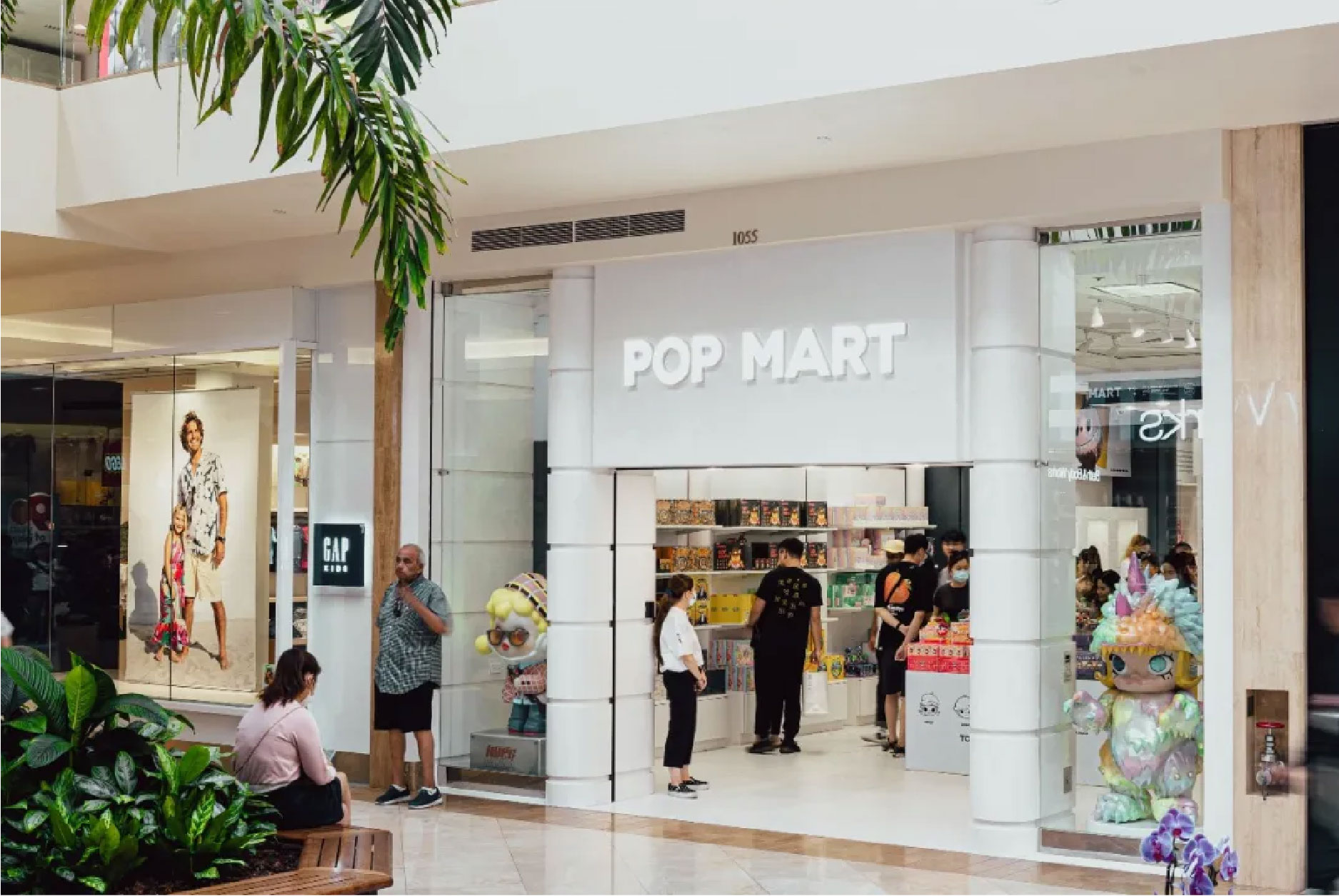
|
Pop Mart overseas stores | Image source: Pop Mart official website |
|
What drives POP MART’s “shiny report card”? |
The 2024 balance sheet shows total assets of RMB 14.8 billion with nearly RMB 10 billion in cash and equivalents — evidence of a distinctive, advantageous model. With 530+ offline stores worldwide, the implied value per store (by market cap at the time) looked extraordinary.
■ Pre-sale & high turnover: pay-first, deliver-later keeps receivables and inventories low, limiting bad-debt and write-down risks.
■ Light-asset IP sourcing + OEM: licensing/buyouts, designer tournaments, and outsourced manufacturing keep R&D and capex modest; free cash flow reached RMB 5 billion in 2024.
■ Brand tailwinds (2–3 years): fast, low-cost store rollout plus selective price increases support high gross margins; demand-driven production keeps inventory near zero.
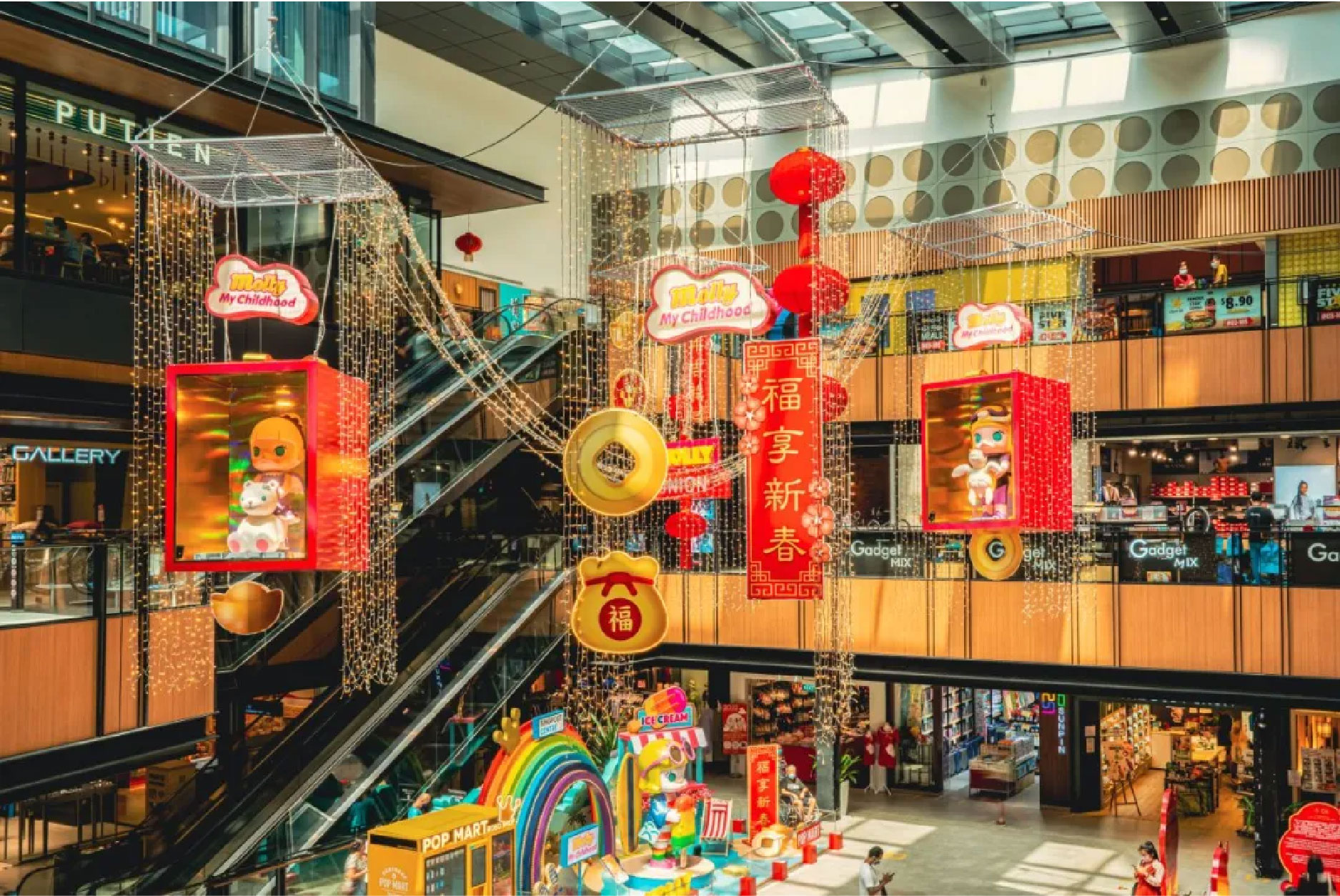
|
Image source: POP MART official website |
Prof. HAN projects that annual net profit around RMB 10 billion within 2–3 years is likely. Today’s ~100× static P/E already prices in much of that growth; in an efficient market, as earnings rise, the dynamic P/E should compress - hence a temporary “bubble” element in the current valuation.
At the same time, HAN Hongling pointed out that in an efficient and rational market, Pop Marts rapid earnings growth over the next two to three years will lead to a gradual decline in its valuation, specifically its dynamic price-to-earnings ratio.
|
“ |
"In this sense, it has already become a short-lived bubble" Prof. HAN stated. |
|
Where does POP MART’s power come from? |
For Gen-Z, raised in relative material abundance, emotional consumption is ascendant - focused on meaning, aesthetics, and self-identity. POP MART’s sustainability hinges on whether it can continuously incubate hit IPs aligned with this trend. The company uses blind-box uncertainty to build anticipation, limited/secret variants to reinforce scarcity, and IP personification plus KOL communities to amplify desire.
01 | Low-cost, data-driven IP trial-and-error: pop-ups, vending machines, and online channels close the data loop to identify designers and potential hits - a mechanism that has shown stability over the past decade.
02 | Falling marginal costs on the first growth curve: expansion from blind boxes into figures, bricks, plush, and apparel suggests declining marginal costs across adjacent categories, supporting steeper profit growth.
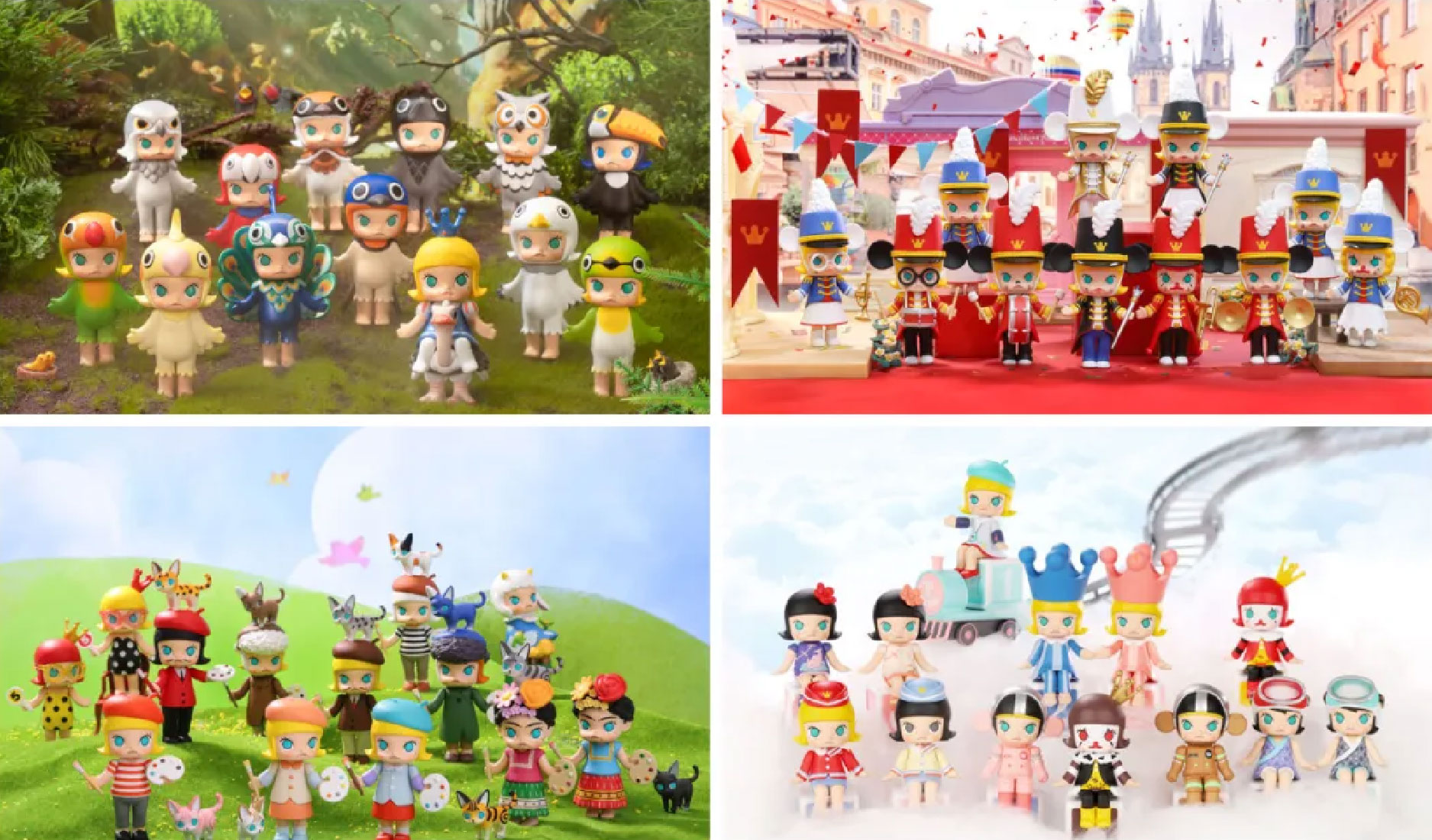
|
Image source: POP MART official website |
|
“ |
"Beyond roughly RMB 10 billion in profit, designer toys alone may not sustain large incremental gains — requiring a second growth curve in jewelry, games, film, and animation. If POP MART sticks to a light-asset co-branding mode and succeeds, marginal costs could continue to decline; vertical integration would raise testing costs and earnings volatility." Prof. HAN considers. |
Theme-park experiments may form a third growth curve, a heavy-asset model that does not deliver declining marginal costs. If such businesses become material, the income statement’s character will shift; the economics of curve three remain uncertain.
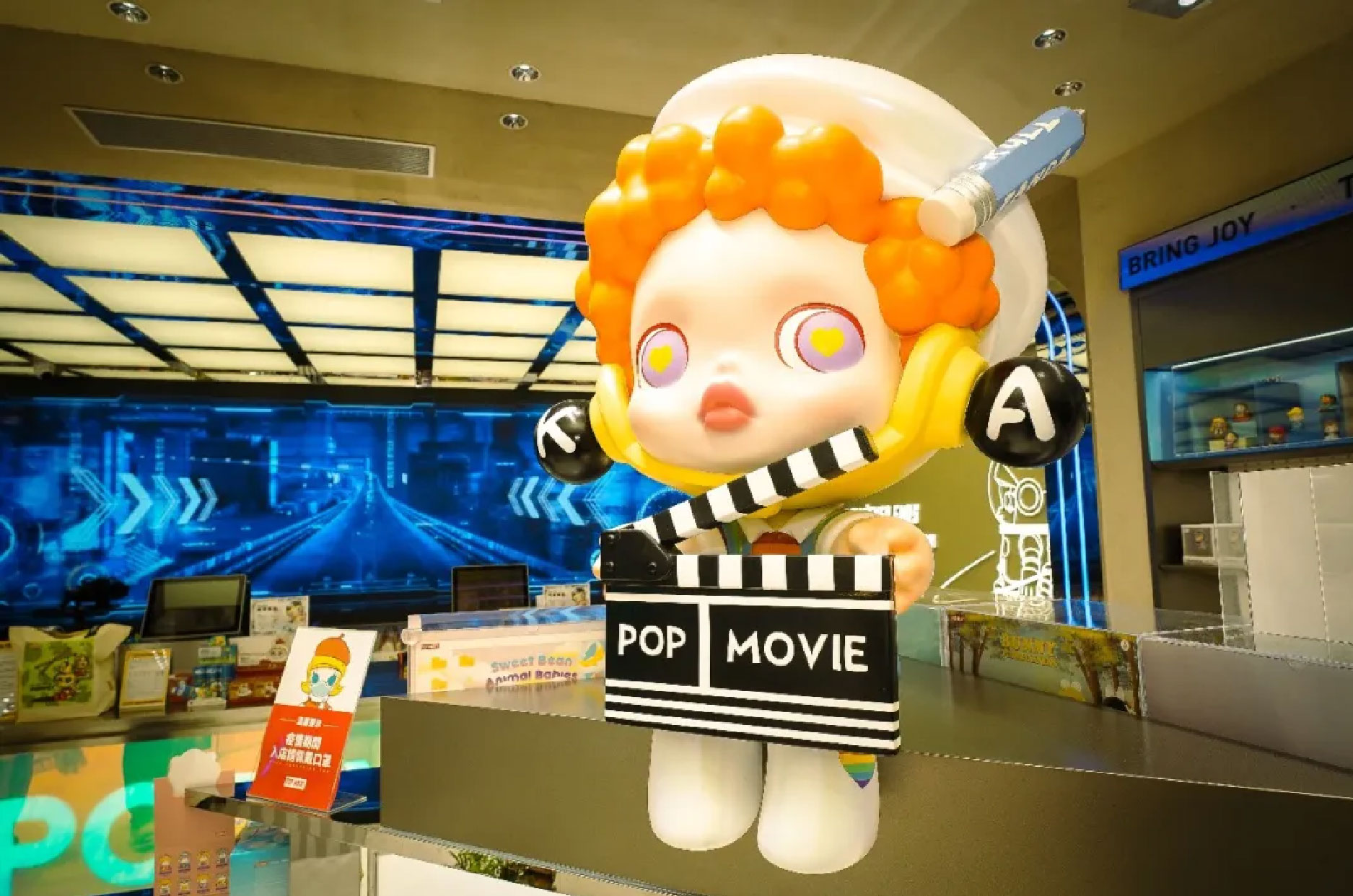
|
Image source: POP MART official website |
|
What challenges must POP MART overcome to become a “lasting MART”? |
■ Business-ethics and regulatory risk: blind boxes aren’t gambling in a legal sense, but are criticized for gambling-like traits, dopamine stimulation, and addiction; critics call it a “tax on emotions.”
■ IP life-cycle risk: hits fade; breakout IPs can lose core fans after going mainstream, and reduced scarcity may curb repeat purchases.
■ Execution on curve two: co-branding supports low-cost testing and declining marginal costs; heavy in-house bets risk higher volatility.

|
Image source: POP MART official website |
|
“ |
"Whether POP MART can pursue its first, second, and third growth curves with declining marginal costs will determine if it can aspire to trillion-level valuation. From a long-term perspective, it may yet prove to be a “lasting MART.” Prof. HAN concludes. |
- Analysis translated and adapted for clarity; figures cited from POP MART’s 2024 annual report and public disclosures referenced by Prof. HAN Hongling.
- You can read the original article in Chinese here